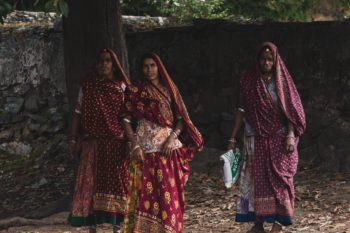Father Stan, Dalits and Caste Posted by Nicole Herbert Dean on Jul 8, 2021 in Culture, News, Politics
This week India lost a freedom fighter स्वतंत्रता सेनानी Father Stan Swamy fought for the rights of the Dalits दलितों. He was jailed at 83 years old with frail health. His spirit survives even though his body gave up.
Who are the Dalits?
Who are the Dalits that Father Stan Swamy fought so passionately for? What do they speak? Where are they located?
First we must understand understanding the tiers of the caste system in India. The caste system is a social hierarchical श्रेणीबद्ध system that is as old as the Himalayan mountains that boundary India. The top tier उच्च श्रेणी is the Brahmin who are the priestly पुरोहित class. Then come the Kshatriyas, the warriors योद्धा and princes राजकुमार. Vaishyas, who are the merchants व्यापारी farmers किसान and artisans कारीगर are next, followed by the Shudras who are tenant किरायेदार farmers and servants नौकर.
The Dalits are the lowest of the low. Their name means, broken टूटा हुआ or oppressed उत्पीड़ित. It is a term coined by a reformer सुधारक, Jyotirao Phule who took up their cause, in the 1930’s. Mahatma Gandhi, also took up their cause during the fight for Independence, calling them Harijans.
Sweeping the Shadow
So where do the Dalits stand? They stand outside the caste system जाति प्रथा. Yes, that low. They perform the work that none of the higher castes can do, for fear of pollution प्रदूषण. Yes getting polluted by work is a thing in India.
So, the Dalits bury the dead मृतकों को दफनाना, clean the garbage off the streets and do stuff that no one else wants to do. If that is not bad enough, in villages they cannot draw water from the same well कुएं से पानी खींचो, and definitely not live in the same areas as the higher castes.
In fact, if they happened to cross paths with a higher caste, they have to literally throw themselves face down on the ground to prevent their shadow परछाई from falling on the higher castes.
And, not only that, but also sweep away their footprints पैरों के निशान from behind them as they walk. Talk about extreme prejudice पक्षपात at work.
What makes a Dalit, a Dalit?
How did this all come to be? According to Hinduisim, their works in the previous life पिछला जीवन were so bad that they came back as untouchables अछूतों.
Is it the same in modern day India. I am afraid, but it is very much so, as we see in the cases of violence हिंसा and unrest toward them. But there is a twist. The Indian government decided to provide special quotas विशेष कोटाfor the Dalits when it came to jobs. They did this to encourage equality समानता. However, you cannot change systemic prejudice.
There is resentment now, with the world getting to be a tough place to live in and jobs getting scarce. Even as the Dalits are now becoming a powerful political force due to these reservation quotas there is an increase in violence toward them from the keepers of the Hindu faith.

Build vocabulary, practice pronunciation, and more with Transparent Language Online. Available anytime, anywhere, on any device.




